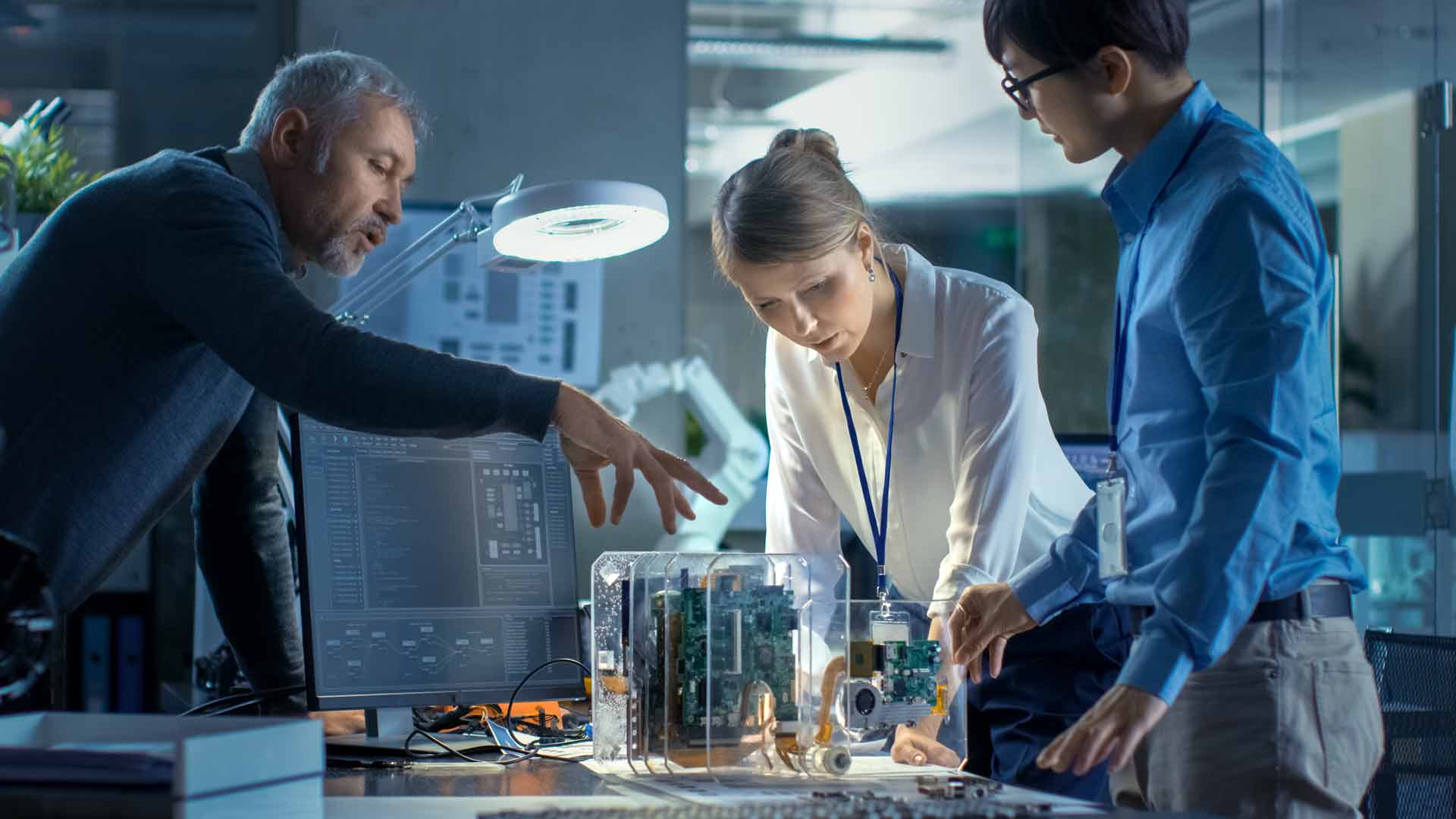The Agricultural Utilization Research Institute (AURI) hosted its third annual New Uses Forum on March 27 and 28 with the event centering around accelerating agricultural innovation and investment. The forum gathered knowledgeable voices and experts from throughout the food and agriculture industries to share their knowledge and experiences in order to foster meaningful discussion among attendees. Speakers, panels, break-out sessions and more brought forth new insights and facilitated exploration of innovative ideas and economic solutions to benefit the agricultural industry.
A new dedicated model for problem solving was introduced at this year’s event: an open innovation reverse pitch. During the session food and agriculture companies shared some of their industry challenges, and then listened while attendees proposed solutions and offered feedback. Topics of discussion included: creating plant-based pepperoni and cheese for pizza application; new uses for dairy byproducts; reduced conversion cost of liquid milk to dried milk powder; accelerated moisture equilibration in dry dough systems; and stored product pest detection. Participants were encouraged to identify potential innovations and novel solutions to the problems presented.
Panel discussions at New Uses Forum 2019:
The Entrepreneur Panel featured Thomas Stoddard, Grower Relationship Manager at Calyxt. He shared his experience getting involved early as a student with Calyxt a company committed to improving the nutritional quality of plants through cutting-edge breeding techniques. The panel also included Stine Aasland, the Queen of Nordic Waffles, who talked about the importance of freshness of her products and responding to cultural and customer demands to new products.
The Resources to Support MN Food Ecosystem Panel outlined paths to commercialization through working with Minnesota organizations. Brian Erickson, of the Minnesota Department of Agriculture, shared the New Market Program created to provide a competitive advantage to businesses that enlist their sciences and the use of Minnesota agricultural ingredients. Emily Paul, Director of Programs at the Good Acre talked about the importance of supporting local ecosystems, the acceptance of smaller brands, and the diversification of consumer behavior.
At the Renewable energy and Bio-industrial Innovation Panel business owners shared their knowledge of renewables and the efforts to bring biofuels and renewable alternatives to market. David Kolsrud, farmer and co-founder of the Funding Farm talked about the importance of investing in growth and cooperating with organizations like AURI. “Farmers are good at solving problems, AURI Is good at solving equations. Together we make good things happen,” Kolsrud said.
The Hemp Now Panel explored the utilization of hemp within an industry of rapid change. In 2018, the number of hemp growers across the state has increased from 43 to 205. Todd Mathewson of Just Biofiber shared the company’s Modular building block system for fast and flexible construction. “The blocks are weather-resistant and reduce building energy requirements like heating and cooling,” Mathewson said.
Margaret Wiatrowski, the Industrial Hemp Program Coordinator at the Minnesota Department of Agriculture reminded attendees that hemp is still considered a controlled substance by the federal government and has just recently been recognized as an agricultural commodity overseen by USDA.
Tom Vilsack, former USDA Secretary of Agriculture, delivered a keynote address the forum’s second day, sharing his vision for opportunity in small town America and the importance of preserving rural farming and the future of global agriculture. Seventy-two percent of the food Americans eat is produced by only 250,000 farm families. Vilsack presented the need for an updated regulatory system in a commodity market that allows small players to compete in a local regional food system.
“Rural agriculture and Rural America are not the same thing. If we continue an extraction-based economy that transfers from city to suburb, we will have to reconsider the system,” Vilsack said.
The New Uses Forum combined a diverse range of experts, interesting topics and numerous networking opportunities. Nearly 400 people participated in this year’s event. AURI and its partners are proud of the successes, large and small, at this year’s forum and are looking forward to future events.
